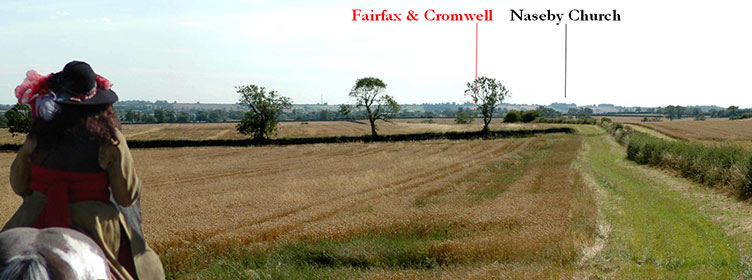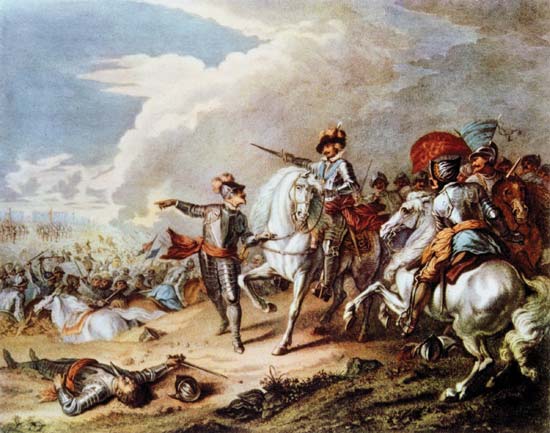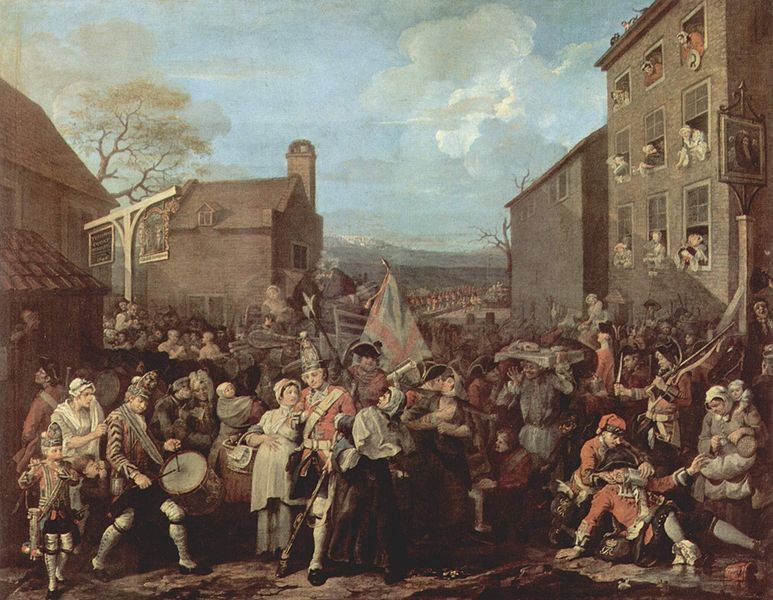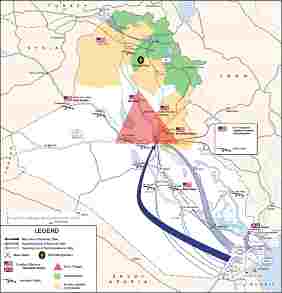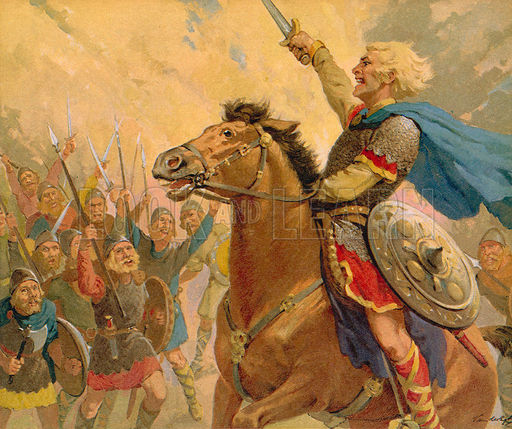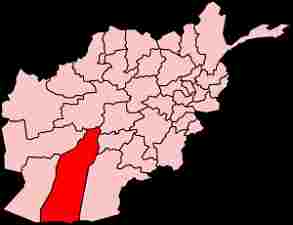The past is a foreign Country they do things differently there. – LP Hartley The Go Between
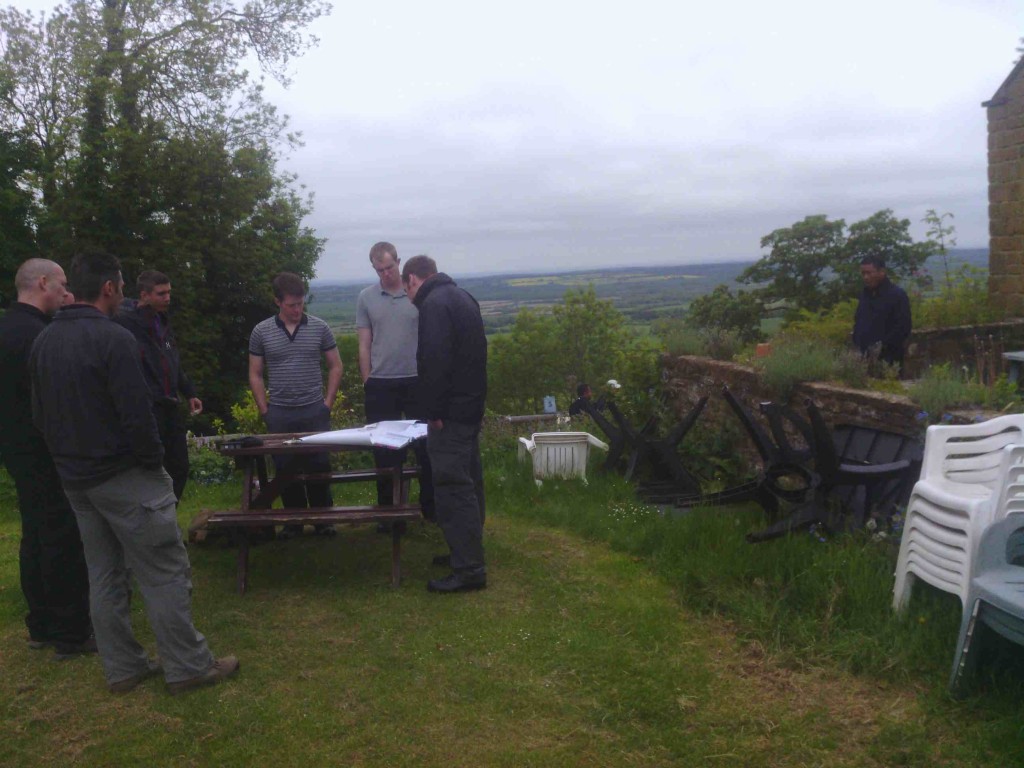
There strong reasons for looking at running battlefield studies and staff rides on UK Battlefields. There are financial constraints on travel. But to have value, any military training needs to have demonstrable contemporary relevance. UK based staff rides and battlefield studies looking at land warfare will need to consider pre 20th Century Warfare. This poses some challenges, but can be overcome with a little thought. Using pre C20th Britain also offers opportunities use the cultural political and social differences between different periods of British history as a model for exploring conditions in different parts of the contemporary world.
CHALLENGES OF RUNNING A STAFF RIDE USING A PRE C20TH BATTLEFIELD.
These are summarised as follows:-
- Technology and minor tactics are far removed from modern experience.
- Lack of information about the course of medieval battles
- Changes to topography
Technology and Tactics.
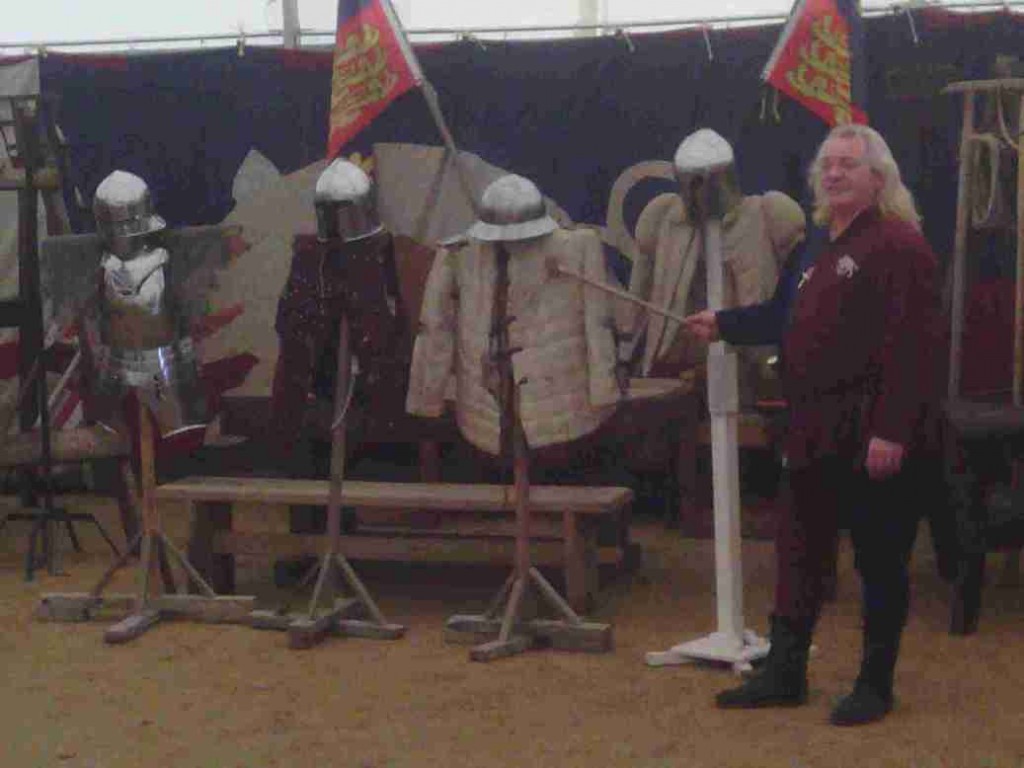
The radical differences in accuracy, lethality and range between modern and pre 20th Century military technology means that the tactical level of warfare is very different. At first sight it is questionable how much relevance study of the pre 20th century warrior for the modern soldier. By comparison with the warriors of the past, modern combat is at a distance and the soldier is isolated from the immediate contact with comrades and from face to face contact with the foe.
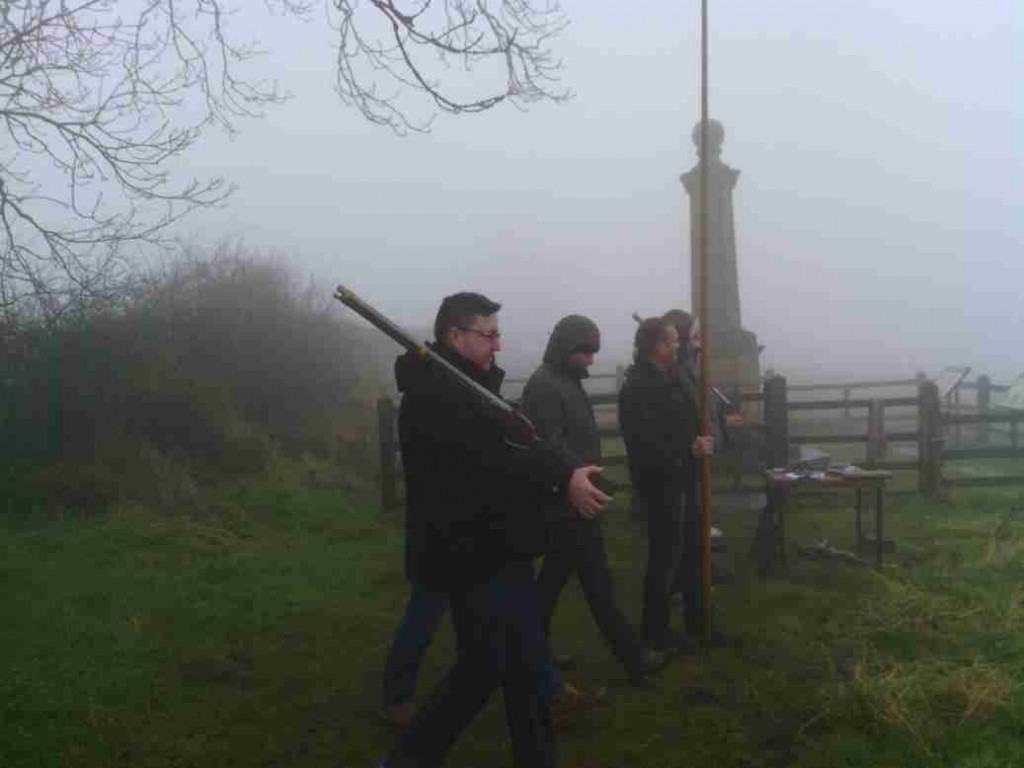
Yet there is much in common. As ever, soldiers must face the hardships of campaign, the enemy in battle and their own mortality. Some pre modern engagements have a timeless feel. British soldiers have attacked at the point of cold steel on several occasions in the past ten years. Furthermore, changing modern circumstances can through the experience of ancient warriors into a new light. Thirty years ago, at the height of the cold war , we would not see the experience of the Norman mail clad warrior dominating the landscape from the security of the motte and Bailey castle. Now we have an army equipped with personal protection that would be the envy of the 15th Century r operating from Heskco forts that William the Conqueror would have recognised.
Many battlefield concepts are eternal. Tactical constraints that can be recognised across time include fire and manoeuvre, use of ground, tempo and the value of enfilading fire and defilading positions. Leadership is as eternal as the human spirit as is Moltke’s grit in the machine – the Realities of War
Lack of information about many early battles.
There is very little information about Pre 20th Century battles compared to more recent operations. There were no official histories, war diaries and definitely no army of military historians combing over the evidence for new interpretations. The documentary evidence for many battles can be fragmentary and unsubstantiated by archaeological evidence. There may be no “exercise Pink”.
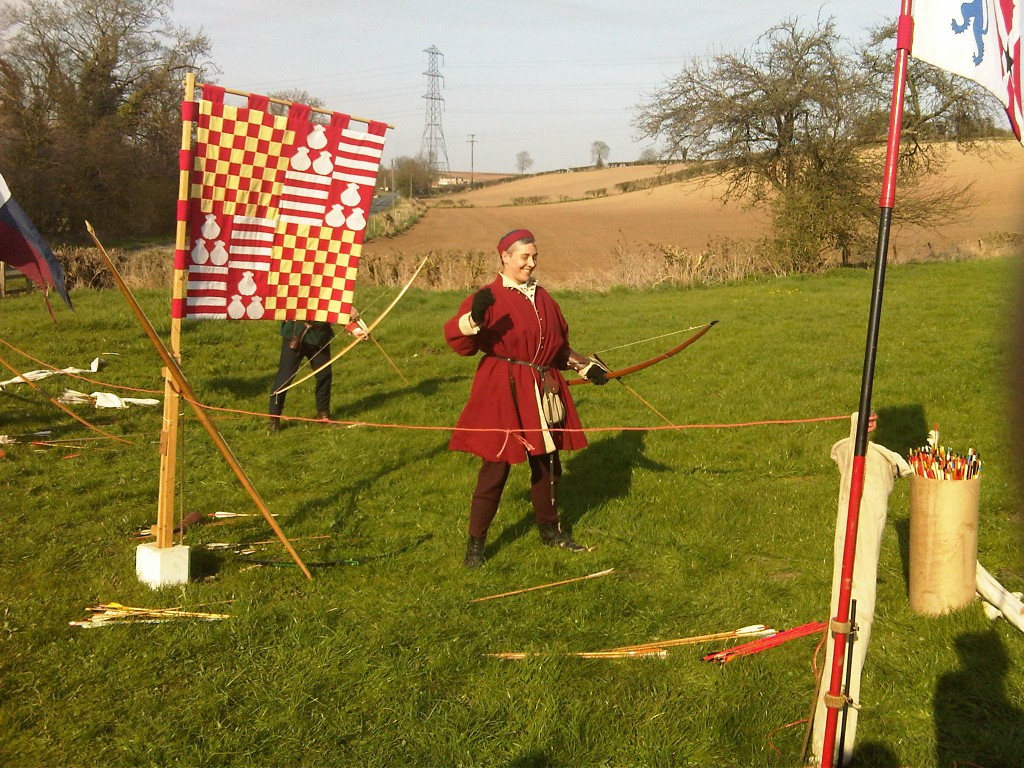
Topography changes.
Worse still the battlefield itself may have changed over time. Even if we know exactly where the battle was and what happened, the ground itself may have changed. The tactical significance of the ground may not be obvious from the current topography.
Some Battlefields have been preserved.
There are over 450 battlefields skirmishes and sieges in England alone. Not all of these can be located with certainty and in others the battlefield topography has changed beyond recognition. There are 43 battlefields on the English Heritage Battlefield Register. These are battlefields that a panel of experts has agreed can be identified with some certainty, have historic significance and can be viewed within their historic landscape.
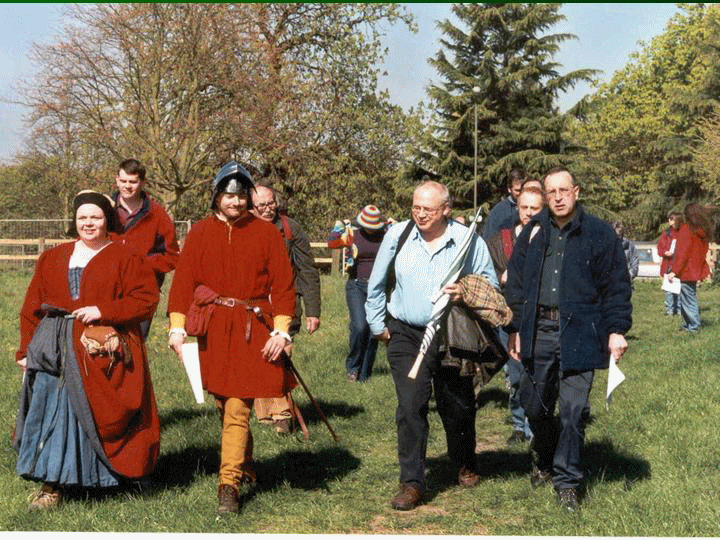
The Battlefields Trust is a charity dedicated to preserving and developing battlefields for heritage purposes. Their Battlefield Resource centre was funded by the Heritage Lottery fund and has information on over 70 battlefields, collated by professional historians and archaeologists. These include the English Heritage Registered Battlefields. Information on each battle typically includes a reconstruction of the historic terrain, source material on each battle as well as an interpretation of what happened. This should be a key resource for anyone planning a visit to a UK battlefield.
LESSONS FOR CONTEMPORARY OPPORTUNITIES FROM PRE C20TH BRITISH HISTORY
What follows are some examples of transposing contemporary strategic settings onto Britain’s past. These are far from exhaustive.
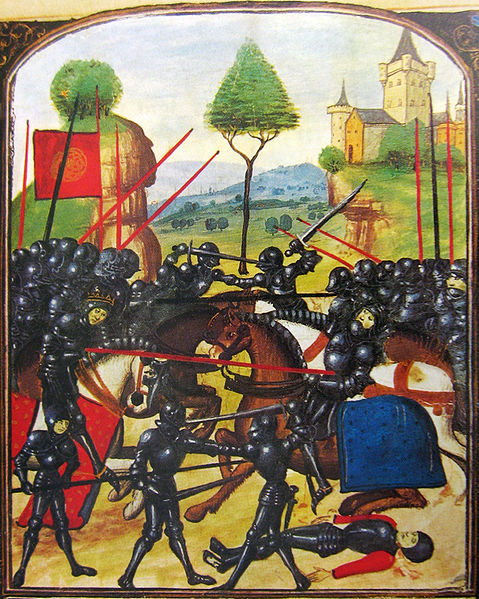 The Age of Treason- Wars of the Roses 1453-85
The Age of Treason- Wars of the Roses 1453-85
Central government was paralysed. The hereditary ruler was ineffectual, even when not confined to his sick bed. Government appointments were made through nepotism within cliques and its business was notorious for inefficiency and corruption. The ruling elite was divided into factions with an opposition forming around one of the few military leaders to emerge with credit from the disastrous failure of a long war with a neighbour. Large parts of the country were in a state of anarchy, dominated by regional warlords who dispensed partisan justice. Pirates operated with impunity in the seas off its shores.
This could be a failing state in one of the hot spots of conflict in Africa. But it’s England in 1453 at the start of the Wars of the Roses. Technology may have developed, but political and military problems of rebuilding a state are recognisable across the years.
 This is also an era that saw rapid development in military technology and in the evolution of weapons and tactics. At a low level campaigns and actions offer opportunities to view relevant ground. There are opportunities to explore doctrine through comparing and contrasting modern and medieval components of force, or different arms of service. .
This is also an era that saw rapid development in military technology and in the evolution of weapons and tactics. At a low level campaigns and actions offer opportunities to view relevant ground. There are opportunities to explore doctrine through comparing and contrasting modern and medieval components of force, or different arms of service. .
The political and military leaders of this war deserve modern study as examples of leadership in battle and in conflict resolution. Some of these men were cable of major feats of arms including night marches and deployments and forced marches that would test a modern force.
There are many evocative locations from this era. Many of the most important battlefields are well preserved and accessible, including St Albans, Barnet, Towton Bloor Heath and Bosworth as well as many of the castles of the period. The battles of Barnet and Tewksbury are well documented and we have archaeological evidence for others…
The military and political careers of Edward IV, Richard III and Henry VII offer an opportunity to explore contrasting leadership styles. Several of the strategies used for nation building by these 15th Century leaders have a surprisingly modern flavour, including reconciliation parades, and unity governments of erstwhile enemies.
The social and economic world of the 15th Century allows modern Britons an opportunity to understand and empathise with people whose lives are dominated by different attitudes to loyalty, justice and faith.
When The King Comes Home in Peace Again – The British Civil Wars 1642-51
Some regarded the collapse of the state as inevitable. Creating a united country from two traditional enemies would be doomed to fail. Worse still, the state included four ethnic groups two of which were dominated by radically opposed religious sects. The fact that this artificial country had existed for over thirty years was a tribute to the political skill of the leader who created the country. His successor was less adept and less able to play the different factions off against each other. The situation spiraled out of control and entered into a series of civil wars lasting nearly a decade.
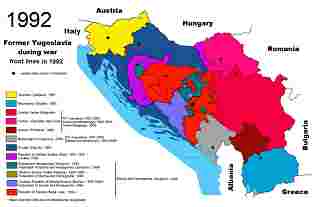 These wars were some of the bloodiest in the country’s history, with major pitched battles and sieges fought by the field armies, while local scores were settled between villages and individuals.
These wars were some of the bloodiest in the country’s history, with major pitched battles and sieges fought by the field armies, while local scores were settled between villages and individuals.
It could be the Balkans after Tito, but it’s Great Britain in the mid 17th Century. The English Civil War is an opportunity to look at warfare in a setting with a modern context. It has the ethnic and religious tensions that bedevil many nations. The atrocities of the war provide a context for a modern discussion about legal and moral issues. It is also the birthplace of the Modern British Army, formed from Cromwell’s new Model Army.
There are battlefields, sieges and skirmishes across the UK. Many of the battlefields can be easily interpreted and lend themselves for study. These include battles of Naseby, Marston Moor, Newbury, Cheriton, Lostwithieal, Roundway Down Adwalton Moors and Langport; Large scale sieges of York, Newark Hull, Bristol and Gloucester and small scale sieges at Tisbury and Basing House.
Regime Change: Monmouth’s Rebellion and the Glorious Revolution
Uneasy is the head on the throne. The authoritarian ruler is increasingly at odds with many of the key stakeholders in the country. He is introducing policies that seek to impose fundamentalist religious orthodoxy of one sect over that held by the majority. Exiled opposition groups are seeking allies and funding for an attempt to change the regime. This takes place against a back drop of a struggle for world dominance between the major power blocks of the time.
The events of 1685-90 in the British Isles offer an opportunity to explore the strategic and operational challenges of regime change.
Monmouth’s rebellion offers parallels with the abortive revolt against Saddam Hussein in 1991. The Glorious Revolution of 1688 saw an occupying power take control over England and Scotland with less resistance than that offered in the early stages of Gulf War 2. Even the protracted struggle in Ireland from 1690 and the influence of the events of the war on Ireland’s subsequent history parallel the later problems of post occupation Iraq.
Monmouth’s rebellion offers the best English battlefield of the era in Sedgemoor, with other battles taking place at Killicranckie and Dunkeld in Scotland. Other engagements of the war take place in Northern Ireland ;( e.g. the siege of Londonderry) and the Irish Republic, including the battles of Aughram and the Boyne and the siege of Athlone. However, a staff ride that contemplates Ireland or Central Scotland may also consider Flanders.
These battles are also inside the period of recorded history of the Regimental history. Several of the senior regiments were present at Sedgemoor, including the Life Guards Foot Guards and Royal Regiment of Scotland and the Princess of Wales’ Royal Regiment. The Royal Regiment of Scotland has forebears at both Scottish battles and Bonnie Dundee is immortalised in a rousing canter for several mounted units.
Counter Insurgency
Almost every ruler from the Romans onwards has needed to undertake counter insurgency operations in some part of the British Isles. The problems of counter insurgency are eternal. Culture and technology evolve, but the problems of combating hostile elements within a population are eternal.
The Norman and Roman operations against the indigenous populations have left limited traces that can be directly linked to battlefields. There are better opportunities to explore counter insurgency campaigns in the pacification of Wales by Edward 1st and of Scotland after the 1745 rebellion.
Edward’s campaign from 1275-95 includes several engagements with a contemporary resonance. The battle of Llandeilo Fawr is an ambush of an All Arms Brigade sized force by Welsh insurgents as they return to their FOB. At the battle of Moel-y-don the Welsh surprise the English as they attempt to cross the Menai Strait on a pontoon bridge. Edward’s chain of castles across North Wales has a parallel with modern concepts of operating from bases.
The campaign also contains one of the good examples of tactical development. The battle of Orewin Bridge is one of the first to use the combination of firepower and manoeuvre, using the combination of archers and cavalry to defeat a strongly positioned Welsh force.
WHAT MIGHT A TOUR LOOK LIKE?
A pre C20th Battlefield Study will broadly follow good practice for staff rides or Battlefield Studies. The design should start with the aims in terms of training objectives. There are some implications for designing staff rides and battlefield studies using a pre 20th Century setting.
Introductory scene setting.
It is harder for modern soldiers to relate to pre 1914 weapons and tactics. If the essence of the tour is to consider counter insurgency or stabilisation operations, the social and political environment is important. It will take more preparation and time on scene setting than may be necessary with eras and battlefields familiar from screen and computer game. Ideas for bringing the era alive include the use of living history re-enactors and role play exercises as well as visits to suitable interpretation centres or museums. .
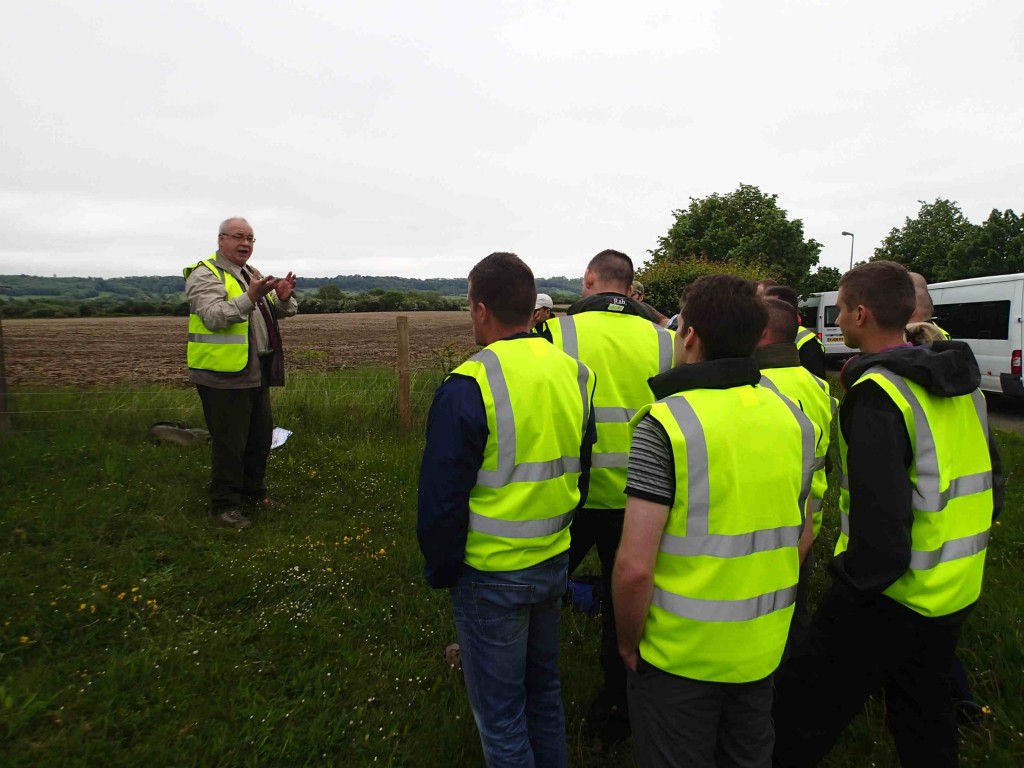
Making the Best Use of Battlefields and siege sites.
Visiting the ground is at the heart of a battlefield study or Staff ride. The challenge is to obtain contemporary lessons from actions that involve troops, weapons and tactics as alien as those of the pre gunpowder era.
- The significance of the micro-terrain in influencing battle is independent of period. Indeed, the alien nature of the historic conflict should encourage the question: How would this be tackled today?
- There are “eternal lessons” that can be extracted from our ancient past. For example, at the battle ot Barnet, 1471 Edward IV defeated his uncle Richard Neville Earl of Warwick in a battle that seems to have been a hand to hand melee of little modern relevance. However, it is possible to recognise Edward’s tactical skill and leadership in the night approach march to a few hundred metres of his enemy. The friendly fires incidents and situational awareness problems experienced by his enemy on a foggy day have a contemporary relevance.
- Some historic actions have a contemporary flavour regardless of the differences in technology. For example, the battle of Llandeilo Fawr 1287 takes place when the Welsh ambush an English force returning on foot to their castle (FOB) Dinefwr Castle after an attack on Carreg Cennen Castle four miles away.
- Exploring a modern problem based on the historic setting. Perhaps the historic landscape and limited industrial and economic infrastructure, but assuming modern technology.
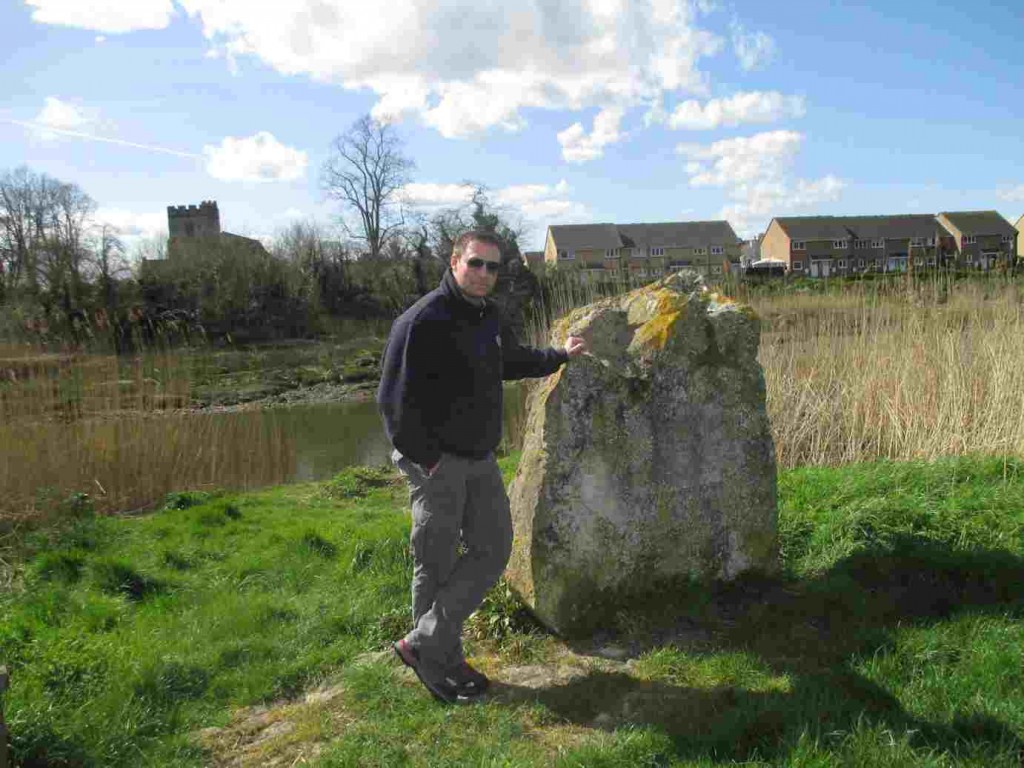
Obtaining Value for Money.
In theory UK based tours should be cheaper than overseas tours. There are savings on accommodation if suitable military accommodation can be found and there is no need for ferry or air tickets or toll road fees. However, the travel costs to Scotland can be almost as expensive as NW Europe and will involve long transit times. Furthermore in some cases UK destinations impose higher costs:-
- The UK does not have the hostels and hotels geared towards battlefield travel that can be found in Flanders and France.
- The UK does not have the museums and interpretation centres that enable a group to quickly become familiar with the nature of warfare and society. In order to do so in the UK may require some expenditure of input from living history societies or hiring a handling collection.
If you would like to talk about any ideas inspired by this article, please drop me a line at enquiries@staffrideservices.com or call the office +44 207 387 6620 or my mobile +44 781 317 9668
